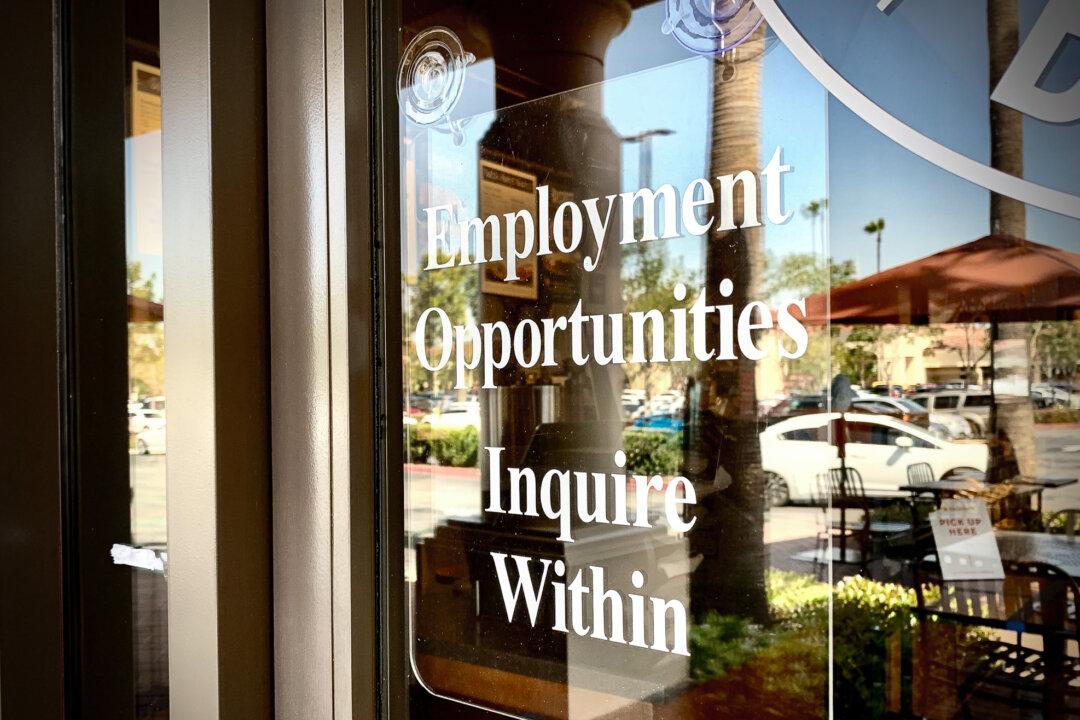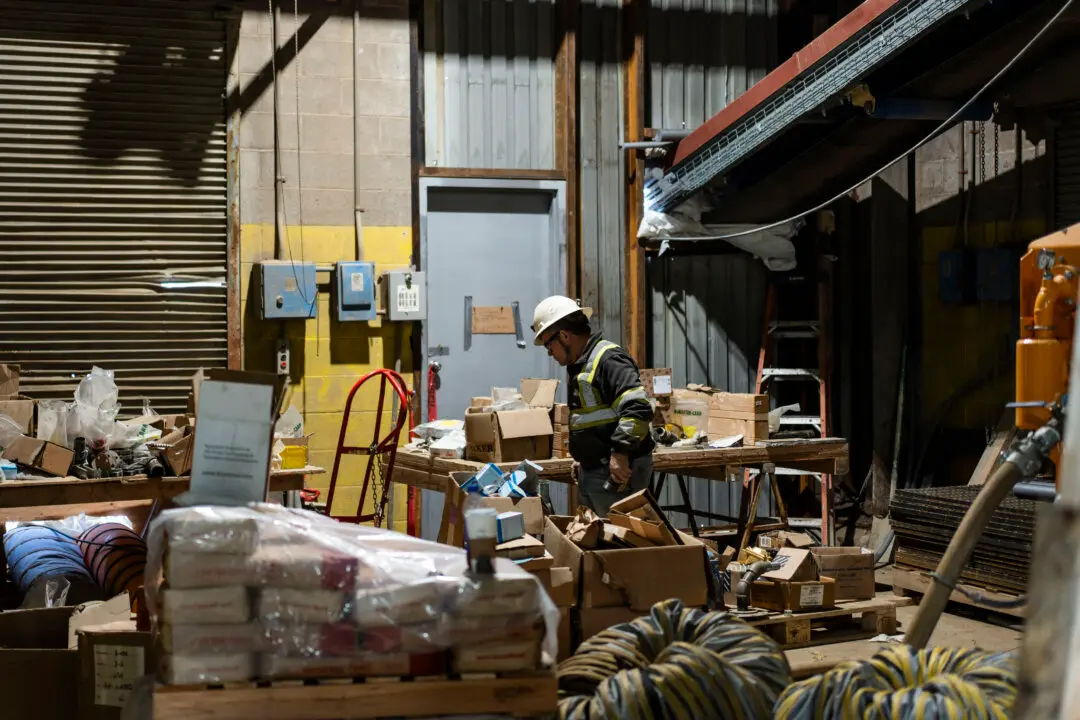High-frequency workforce activity data from payroll tracking firm Ultimate Kronos Group (UKG) shows that shift work in the United States declined for the second month in a row in September, casting a shadow over the closely watched government report due on Oct. 8 that will reveal how many jobs the U.S. economy created last month.
UKG’s workforce activity report, released Oct. 5, showed that September shift work slipped 0.1 percent. While a marked improvement over August’s drop of 2.4 percent, the contraction suggests further delays in the employment recovery and sets the stage for a potential downside miss in the Oct. 8 government jobs report, which last month came in well below expectations.





